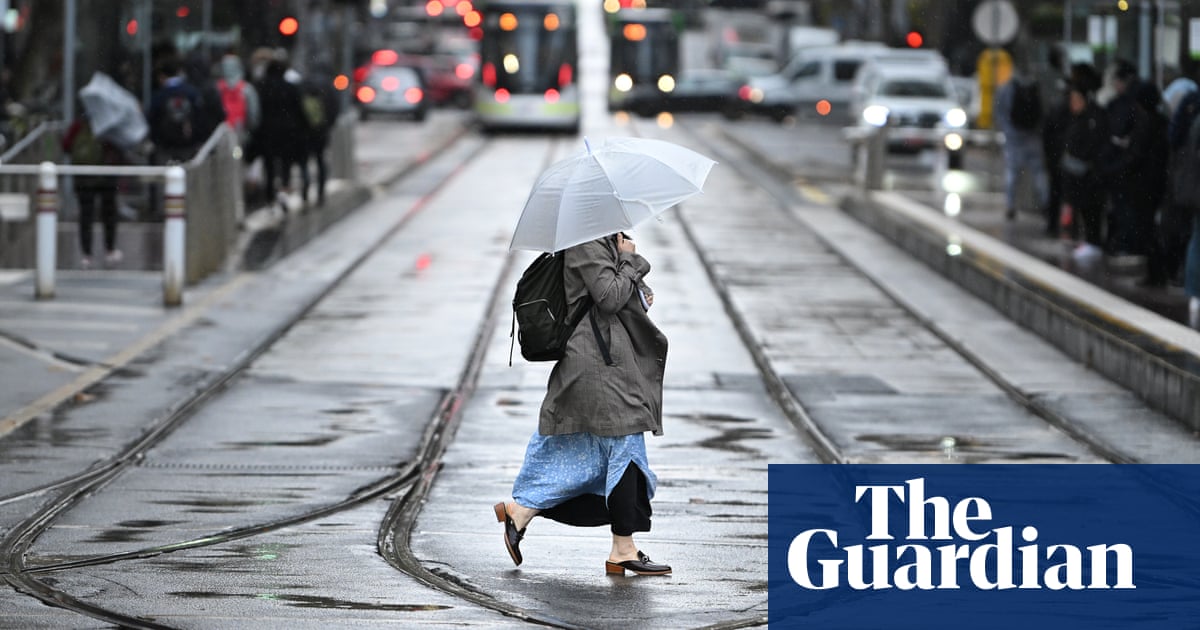Australia’s eastern states will get a burst of warmer weather over the next few days, ahead of an approaching cold front and northerly winds that will bring wet and wintry weather across the southern parts of the country.
After a cold start on Saturday, which saw a number of locations through inlandNew South Walesexperience their coldest June morning in years, temperatures in the south-eastern states will start to warm on Sunday.
“We’ve got a burst of warmer conditions that are forecast,” said Sarah Scully, a senior meteorologist at the Bureau of Meteorology.
“We’re forecasting 22C for Adelaide tomorrow, which is 7C above the June average. That warmer air will shift in eastwards, reachingMelbourneon Monday [which is] forecasting 19C and Sydney for Monday and Tuesday, forecasting 21C for both of those days.”
Sign up for Guardian Australia’s breaking news email
But this warm reprieve will be followed by a cold front and northerly winds pushing across the country, reachingSouth Australiaon Monday afternoon and crossing Victoria on Tuesday.
The cold front is expected to bring with it the potential for showers, storms and winds, with moderate rainfall expected as the front pushes up the western slopes of the Great Dividing Range of easternVictoriaand NSW.
Weather warnings may come into effect due to winds in the week ahead.
“There is another system that’s [forecast to move] through on Wednesday that will reinvigorate the winds, with the wind warning potentially extending into the NSW ranges and even parts of the Illawarra and theSydneydistrict as well,” Scully said.
“The heaviest rainfall totals will be about the eastern ranges of Victoria and the south-east ranges of New South Wales … and the exposed coasts may also see some moderate rainfall totals.
“That includes the coastal parts of south-east South Australia, and also Western Victoria as well as eastern and western Tasmania.”
Sign up toBreaking News Australia
Get the most important news as it breaks
after newsletter promotion
Drought-affected parts of south-east South Australia and western Victoria should receive some rainfall, but the moderate rainfall totals are likely to be confined to coastal locations, Scully said.
In a boost to an already stellar ski season opening, snowfall is expected on the eastern ranges in Victoria and the snowfields of NSW beginning on Tuesday, with the potential to receive between 30cm to 60cm of snow by the end of the cold front.
Multiple weather warnings are in place for Western Australia. A strong cold front is currently crossing the state, bringing scattered showers, rain, thunderstorms and gusty winds to the southern half of WA.
“There is a severe weather warning current for the south-west coast and southern coast for damaging winds,” Scully said. “So that really includes places like Margaret River all the way around, including Esperance up towards Israelite Bay.”
